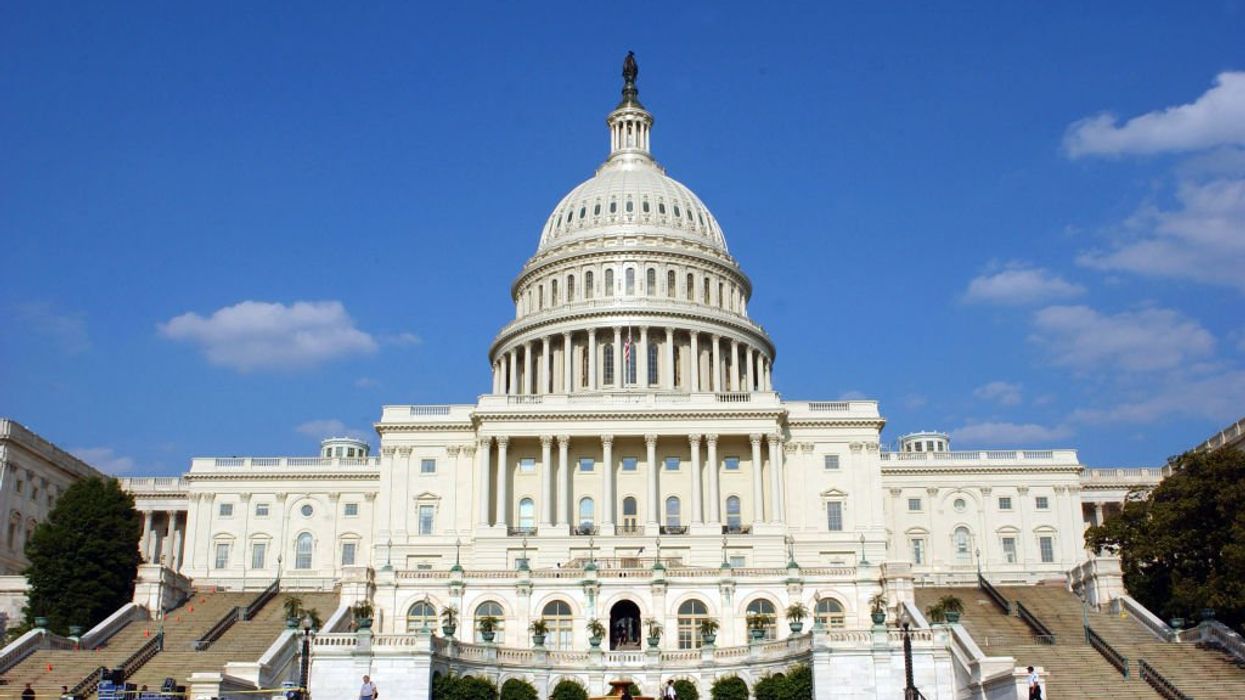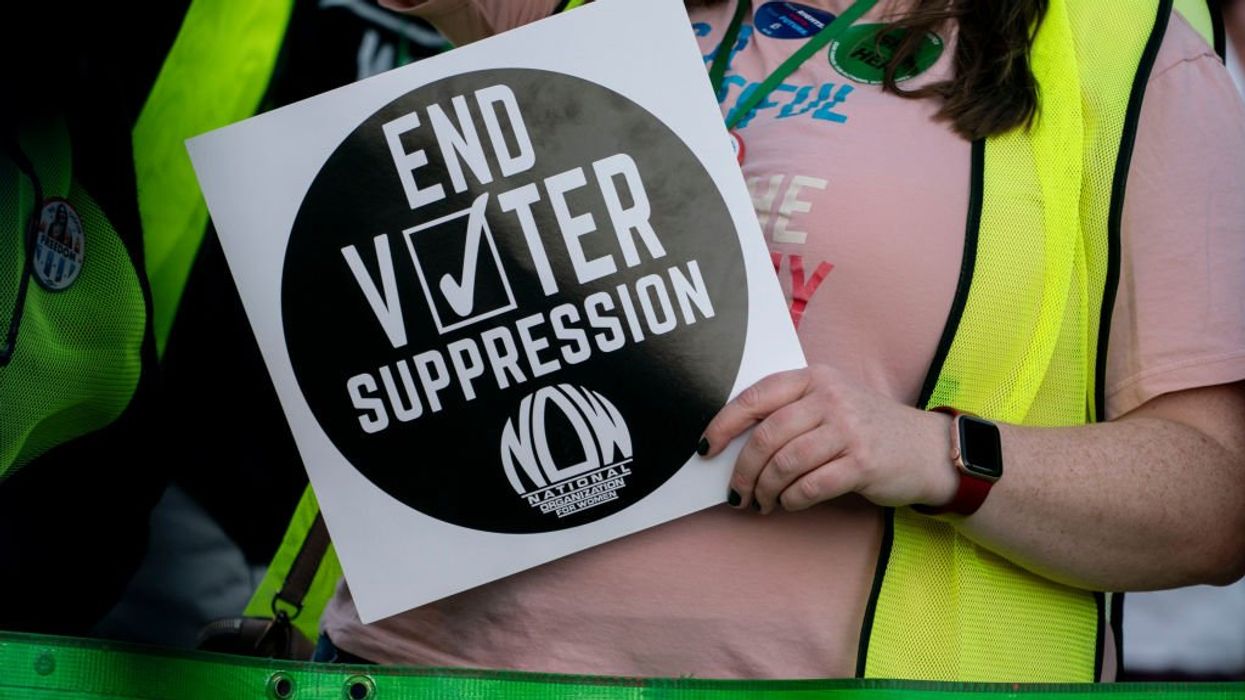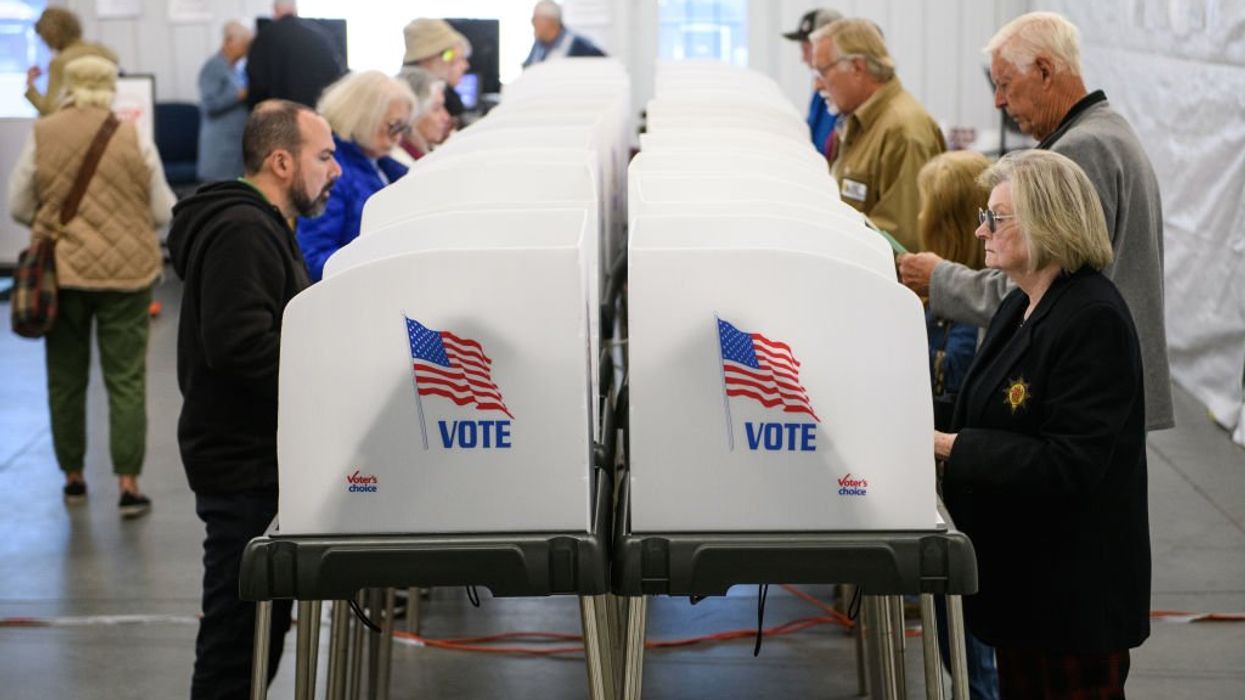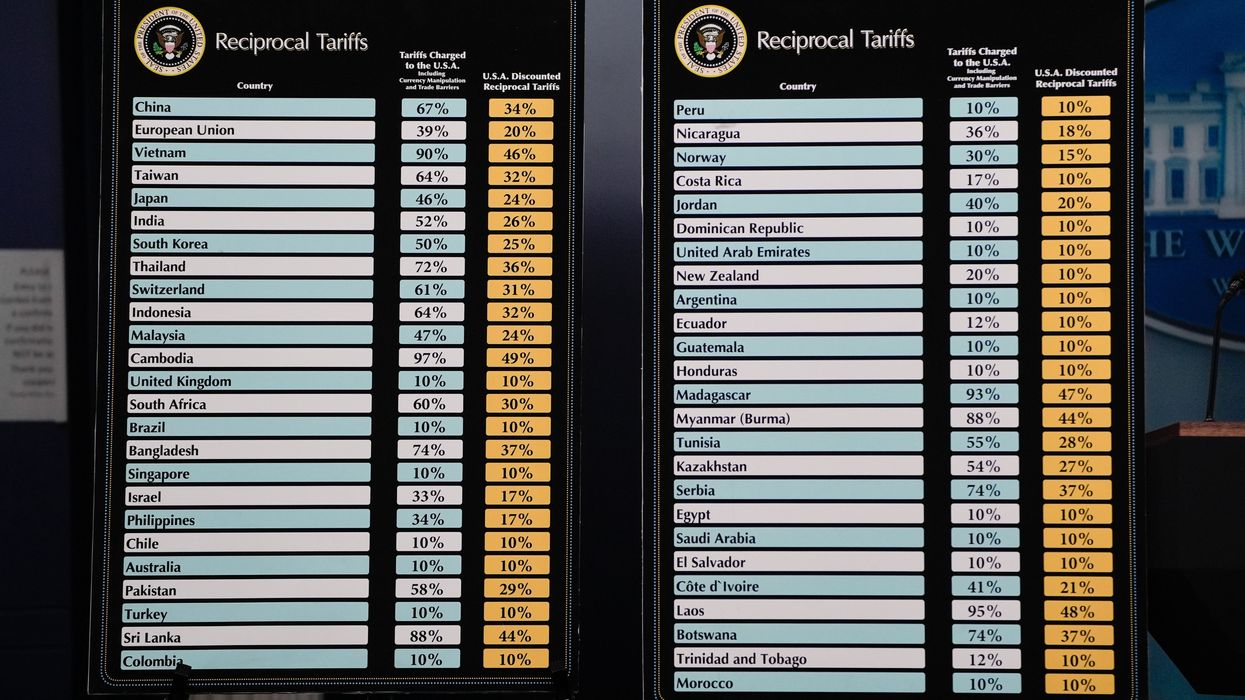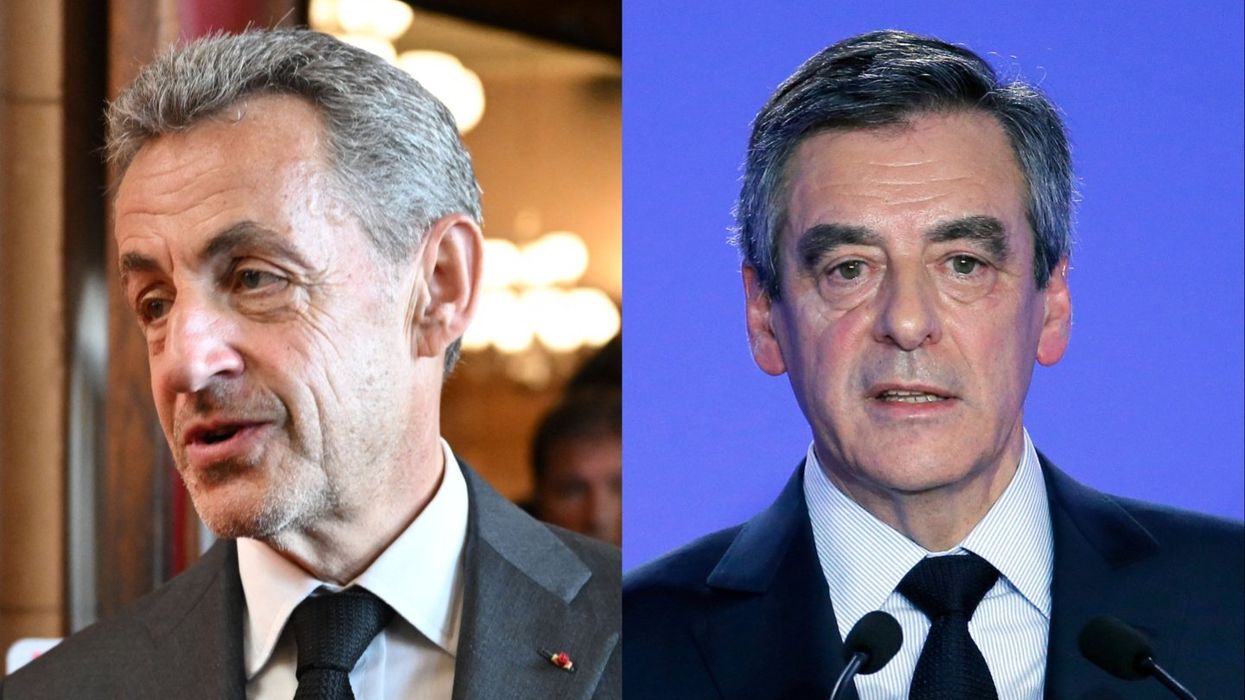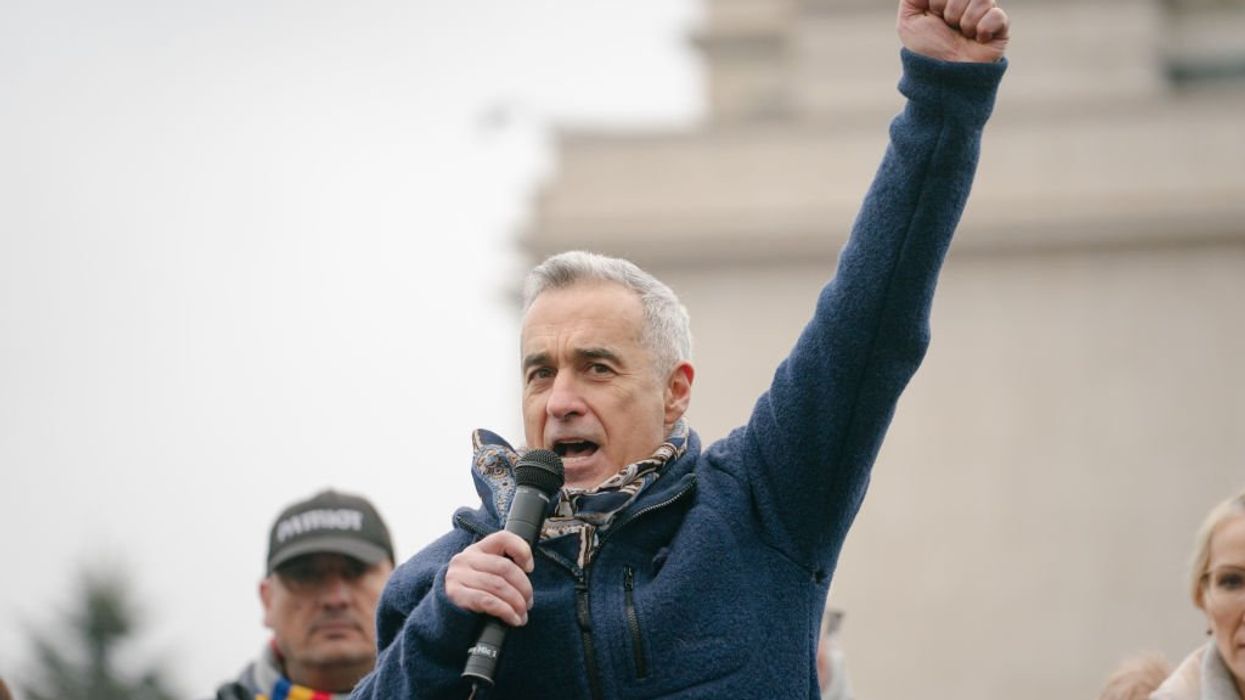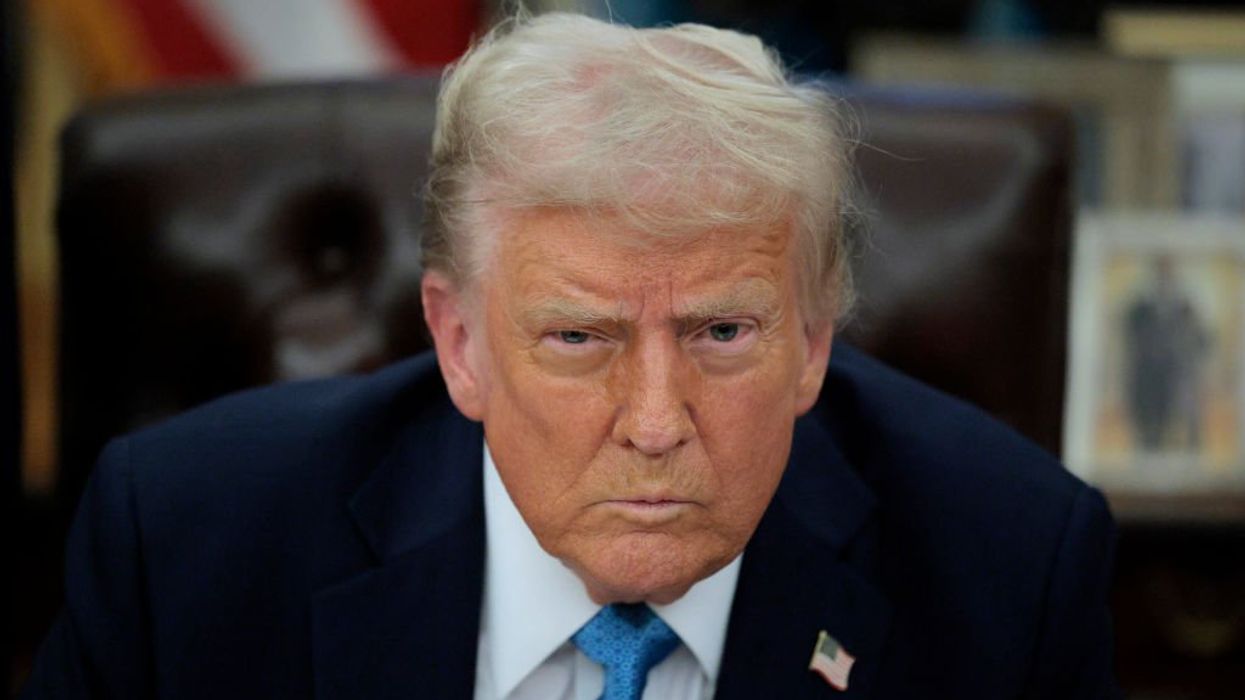On radio this morning, Glenn interviewed his long-time friend and photographer, George Lange, about his new book, The Unforgettable Photograph. George also released an exclusive e-book chapter – “How I Photograph Glenn” – exclusively for the Glenn Beck Store. Learn more about this special edition offer HERE.
“My good friend, and if you're a longtime listener of the program, you know him as the guy who's damn near a Communist,” Glenn joked. “George Lange is one of the best photographers in the world and a good friend of mine and a guy who started taking pictures of me when I was at CNN.”
Glenn has probably told the story of how he and George began working together about a million times already, but in case you aren’t familiar with the story, here is the cliff notes version:
“He is not a guy who liked George W. Bush. And he just assumed, because I worked at CNN and I was in New York, that I thought like he did. And I hold my tongue the whole time. And he's talking to me about how much he doesn't like George W. Bush. But the point of the story of him telling me that is he couldn't take his picture. They offered him the job and he said, ‘I can't, I can't take it because I cannot take a good picture. It would be dishonest because I take pictures with my heart. And they wouldn't be flattering,’” Glenn explained. “And we finished our photo shoot and I said to George that I actually liked George W. Bush, and I'm a conservative. All the blood drained out of his face like, ‘Oh, what have I done! I'm beginning to like this guy!’ And I said, ‘But you seem to be a real man of honor, and I respect that.’ And when we had another photo shoot, he had a decision to make. I don't know, do I want to shoot this guy again, or am I going to shoot this guy? And I don't know why you decided to…”
“Well, the head of Simon and Schuster, one of the top editors there called me,” George interjected. “And I said, ‘I'm having real problems with pursuing this shooting with Glenn Beck.’ And he said, ‘This is the deal. You guys have some really insane, creative energy going on. And Glenn criticizes Democrats as well as Republicans. And I think that you should pursue this relationship.’ And he doubled my fee.”
“So he's a sell out,” Glenn joked.
The purpose of George’s new book is to teach people that you do not have to be a world famous photographer to take an unforgettable picture.
“We're all living extraordinary lives, and my argument is that we're taking pictures that aren't so extraordinary, that don't really show how amazing we are,” George explained. “We're capturing our personal histories every day with our devices, and we're missing the great moments. What I'm doing and talking about in the book are not, like, things that only you can do as a professional with a fancy camera. They're just these moments every day that really define us… And the thing that's so interesting about my career is I'm not interested in any surfaces. I'm not interested in your hair, in what you're wearing. I'm actually not interested in what you do for a living. I'm interested in who you are as a person. And that's the door that I come in to take my pictures, whether it's from my kids or my wife or the Obamas or Glenn Beck. And I love saying your two names in the same sentence.”
The first time Glenn took George on the road with him was right before the launch of the 9/12 project, and George, admittedly, was worried about interacting with Glenn’s audience. As it turns out, Glenn’s fans and Glenn’s events have become some of his favorite things to shoot.
“Your audience has completely embraced me. And they know, you know, my politics such as they are. They’ve seen my card,” George said. “And it's been the most extraordinary experience when I get to be with them.”
When it comes to photographing Glenn, George takes pride in the fact that he has been able to photograph Glenn in moments that show him for who he is as a person – void of politics and his public persona.
“I mean every time that I photograph someone, from the first time I photographed you, I don't know if you remember or not, to again every celebrity and every factory worker that I've ever photographed, I look at them and I say, ‘All we're doing is putting love out in the world,’” George explained. “That's how I've lived my life and that's how I do my career. Whatever my politics happen to be, they have to work around that core value.”
 “But last night you asked me if I've ever photographed evil,” he continued. “But the thing that's so interesting is I just, it's not on my radar. It's like, I can't see that. I don't photograph that part of people. I am really looking for the goodness in people, and it sounds completely corny and it sounds corny to me.”
“But last night you asked me if I've ever photographed evil,” he continued. “But the thing that's so interesting is I just, it's not on my radar. It's like, I can't see that. I don't photograph that part of people. I am really looking for the goodness in people, and it sounds completely corny and it sounds corny to me.”
In fact, one George’s favorite pictures he has ever taken of Glenn came from a place where one of the most evil atrocities occurred – Auschwitz.
“This is one of the weirdest things that has ever happened, and this shows you. Because this was his answer last night when I said, have you ever photographed evil? He said, you know, even when we were in Auschwitz, he said, and that was profoundly awful and evil and, you know, George and I were a wreck for days after that. That changed both of us,” Glenn said. “But I'll never forget. We were in the gas chambers… We couldn't take it. Neither of us could take it. We both walked out and then we collected ourselves and then walked back in again for another look. And when we walked in, I said to George, ‘George, take a picture of the claw marks in the wall.’”
“When we were walking out and we came around a corner and we stood there for a while just trying to collect ourselves. Still in the gas chambers but still trying to collect ourselves. And George was still taking pictures, and I didn't even notice that he was really taking pictures of me,” Glenn continued. “We walk out and we stop and he came up to me and he said, ‘You know what's crazy?’ And I said, ‘What?’ And he said, ‘I think I just took the most beautiful picture of you I've ever taken... in there.’ And I can't ever look at that picture without knowing right where it is and I don't necessarily know what you saw in it, but I can't see anything but the evil in it. But somehow or another you saw the light in there.”
“Right. And it was the light coming in the door. There was this beautiful light coming in the door and it's really hard being at Auschwitz. I mean, you want to be there on a cold winter, miserable day, and we were there on a beautiful summer day,” George explained. “And the grass is growing and the light is beautiful and we're having this experience and there was this incredible light coming in and I took that picture. And to have that beauty in a place that evil for me, you know, that's what I see. That's what I look for. But at that moment it was pretty extraordinary.”
George will be sharing some of his 'unforgettable photos' on tonight's Glenn Beck Program at 5pm ET only on TheBlaze. Not a subscriber? Start your 14-day free trial HERE. You can also FOLLOW Glenn on Instagram to see more photos from his daily life.

